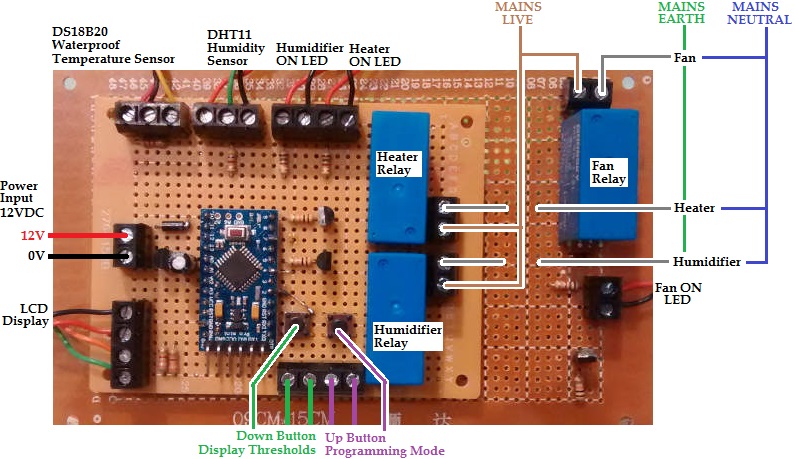

Even if you have an automatic turner in your incubator, marking helps you ensure that the turner is working properly. Marking the shell helps you visualize that they have been turned properly and frequently. During the incubation period, you will rotate the eggs. When you are ready to set the eggs into the incubator, mark an X on one side of the shell using a soft pencil, and an O on the other end. This helps prevent the embryo from sticking to the shell membrane.


Rotate which end is propped up approximately every 12 hours. If you are holding the eggs for longer than 24 hours before beginning incubation, prop one end of the carton up a few inches. Place the eggs into a cardboard egg carton with the pointed end down and set in a quiet spot in the same room as the incubator. If you are not ready to begin the incubation period on the day that your eggs arrive, you may “hold” your shipped eggs for up to 10 days.īefore you handle hatching eggs always wash your hands thoroughly to prevent bacteria from entering through the porous eggshell.
#Humidity in incubator for chicken eggs crack
Setting cold eggs in a warm and humid incubator will cause the eggs to crack and the embryos will die. They need 24 hours to allow the yolks to settle and to reach room temperature. You should NOT set shipped eggs directly into an incubator upon their arrival. Generally, you add humidity by increasing the surface area of the water reservoir and you lower humidity by allowing more fresh air intake. Follow your incubator manufacturer’s directions for how best to maintain humidity. During winter months you may find that the humidity is more difficult to maintain and in the summer you may struggle to keep the humidity low enough. It is not as critical to maintain a precise humidity and you should expect the humidity to fluctuate. Still-air incubator (no fan): shoot for a range between 100 and 101 degrees Fįirst 18 days the recommended range of relative humidity for chicken eggs is 45-50% The following are the recommended settings you should maintain for a successful hatch:įorced-air incubator (with a fan) 99.5 degrees F (acceptable range 99-100) In order for chicks to develop properly, you will need to make sure your incubator is equipped with a very accurate thermometer and hygrometer (to monitor the humidity). Also, make sure that your incubator is located where children and pets will not bump or disturb it during the 21 day incubation period.
#Humidity in incubator for chicken eggs free
Location is important! Locate your incubator in a room that maintains a constant temperature, is free from drafts, and away from windows and direct sunlight. This period will allow the environment inside of the incubator to stabilize and give you time to make any necessary adjustments before you place the eggs inside to begin the incubation period. Your incubator should be set up and running at least 24 hours prior to setting your hatching eggs inside. Other features that may help produce a higher hatch rate include:Īn automatic egg turner to turn the eggs periodicallyĭigital display for temperature, humidity, and hatch day countdown

It also should have a way to add humidity to the air inside of the incubator. The simplest incubator will have a heat source controlled by a switch, that may or may not be controlled by a thermostat. There are several different features to look for in shopping for a home incubator. Bantam and Standard chicken hatching eggs follow the same guidelines and timeframe. This guide will help ensure that you are prepared and informed prior to the arrival of your hatching eggs and ready for a successful hatch. Hatching your own fertile chicken eggs can be a rewarding and educational experience. To purchase Hatching Eggs at Meyer Hatchery, shop our website.


 0 kommentar(er)
0 kommentar(er)
